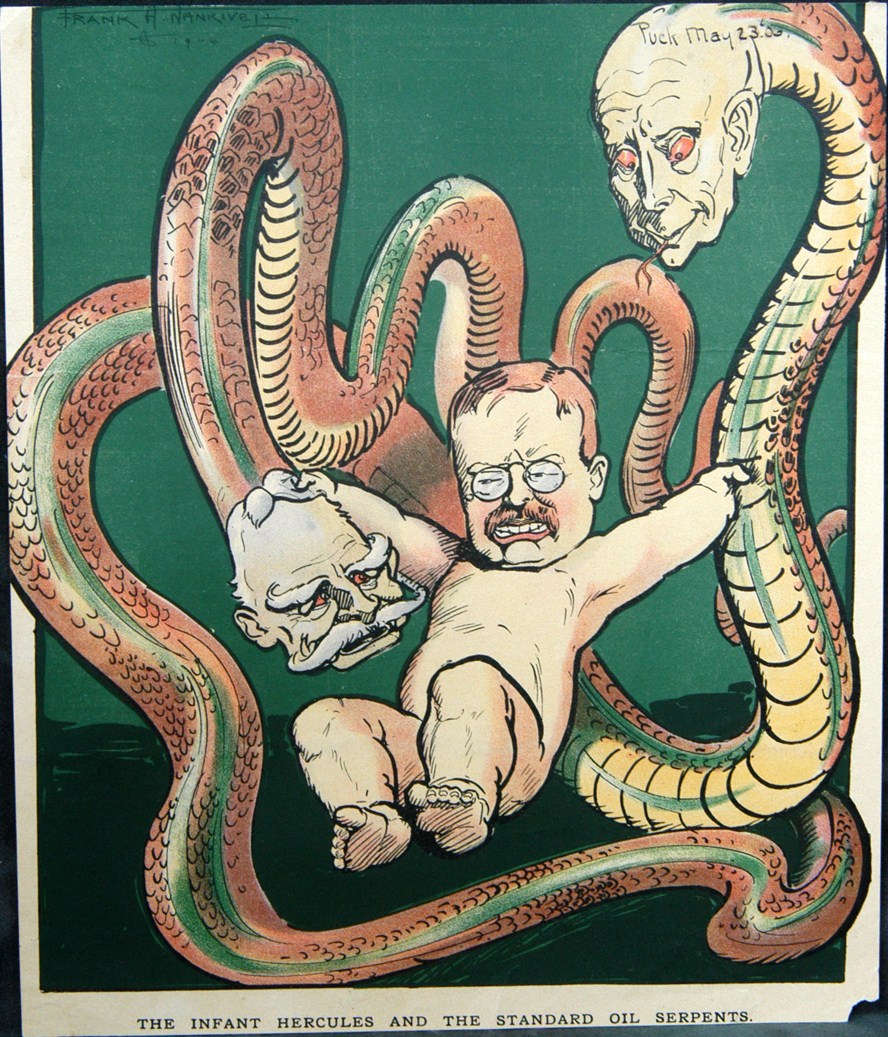The Keystone XL pipeline is a very real threat to the environment. If burned, the Canadian tar sand oil the pipeline is meant to carry will pump tons of CO2 into the atmosphere, increasing the devastation of climate change. Pipeline leaks of dilbit (diluted bitumen) could contaminate the vast and vital Ogallala aquifer. (Read the recent Pulitzer Prize-winning series on a dilbit leak in Michigan to get a sense of what’s at stake.)
Dilbit pipeline leak in Arkansas forces evacuation, March 2013 (Photo credit: EPA)
The fight against Keystone XL also has a symbolic component, Bryan Farrell argues over at Slate.
The greatest environmental threat of our era, global climate change, has lacked the kind of focus and specificity that allows organizers to, well, organize. The problems are so varied. Rising ocean levels, forest fires, flooding, the death of coral reefs from acidification. Paradoxically, climate change is hard to fight in part because the threat is so large and multifaceted. Overwhelmed, many people simply throw up their hands and give up.
That, says Farrell (editor at the excellent site Waging Nonviolence), is where the movement against the Keystone XL comes in.
[The anti-Keystone movement] was never about just a pipeline. [Bill] McKibben and a handful of others had another, less talked about goal—to remake the environmental movement into something far more active, creative, and formidable for years to come. The gap that once existed between mainstream environmental groups and grass-roots activists has now largely dissolved, resulting in widespread action that has not been seen in the United States for decades—perhaps even since the first Earth Day in April 1970.On that day, mainstream environmental groups with roots going back to the conservation movement of the early 20th century united with grass-roots activists for a day of teach-ins, influenced by the burgeoning student anti-war movement. Amid the thousands of demonstrations that took place across the nation, there was at least one major act of civil disobedience, in which 15 people were arrested for holding a mock funeral inside Boston’s Logan Airport. Interestingly enough, it was a sort of proto-climate protest against a supersonic plane and its accompanying release of water vapor—a major greenhouse gas.
